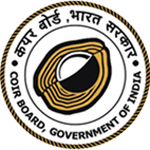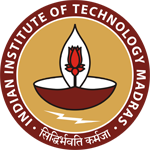Prof. R. Gnanamoorthy and Dr. C. Gurunathan
The modernization of the coir industry is necessary to attract entrepreneurs and meet the growing demand for coir products worldwide. Developing the compact and energy-efficient version of machinery used in the geotextile industry is one of the agenda for the coir sector. Expanding the coir product development using advanced manufacturing processes like additive manufacturing is also essential to produce new products. Geotextiles are permeable and flexible member used in geotechnical applications. The geotextiles are made in the woven and non-woven form. The former is used primarily for base reinforcement, soil stabilization and separation and is produced by weaving the warp and weft yarns. The latter is predominantly used for drainage and lining systems and is produced by various methods other than weaving. Road construction and erosion control are the most significant segments of the geotextiles market. The increase in infrastructure development activities in multiple countries increases the need to manufacture the geotextiles in large quantities. The Anugraha Tejas loom, developed by Coir Board, is robust in design and can produce a 1m width coir geotextile. Various small-scale industries use this existing machine. However, there is a demand in the user sector for an efficient and compact unit. The geotechnical application also demands a 2m wide geotextile. This project aims to design and develop compact, and energ -efficient geotextile power looms.In addition to meeting the current demands, the coir industry must look into futuristic product design and development activities. Additive manufacturing is one of the emerging technologies for manufacturing complex-shaped parts with specific properties for various applications. However, every 3D printer is specifically developed to handle a particular type of material. Therefore, there is a scope to create a 3D printer specific to handle coir-based materials that can widen the scope of coir-based material for industrial applications. This project is towards designing and developing a 3D printing machine to manufacture coir-based parts for industrial application.

